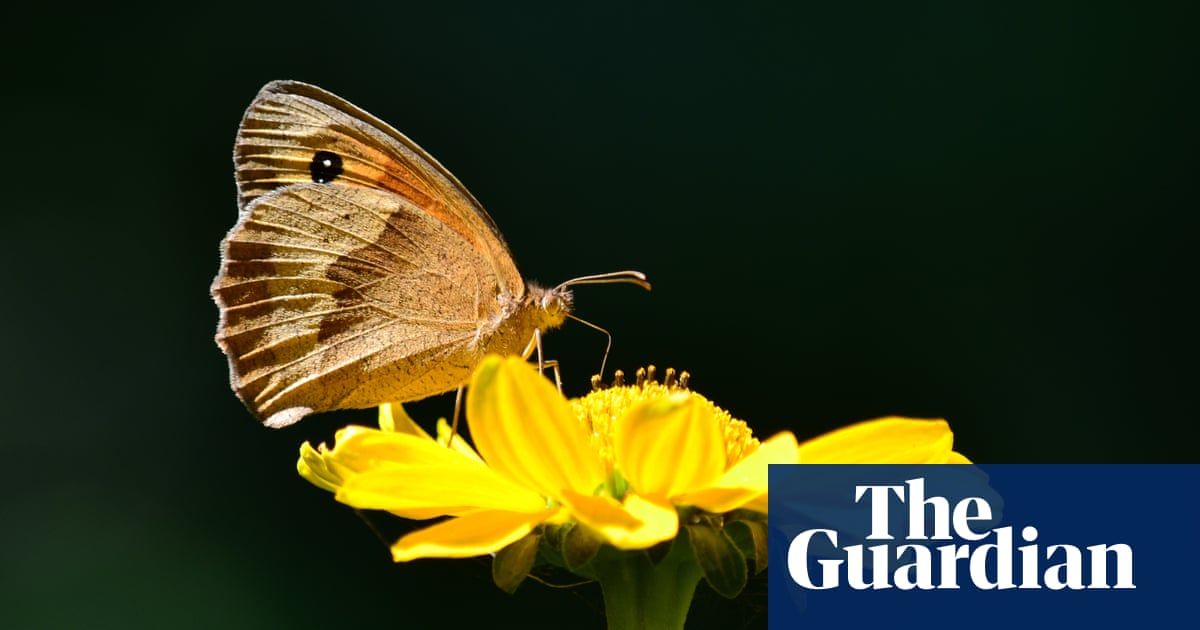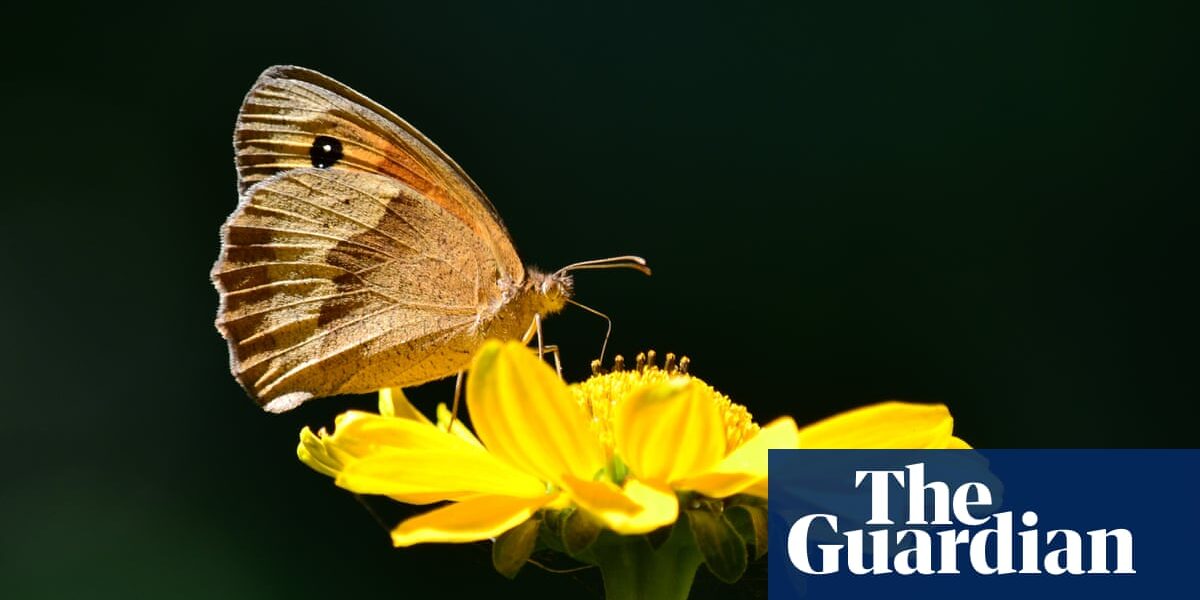The meadow brown butterfly has adjusted to the effects of rising temperatures by reducing the number of spots on its wings.

Female meadow brown butterflies that mature in higher temperatures have less markings on their wings as an unforeseen response to climate change.
University of Exeter researchers made a discovery revealing that female butterflies that develop at 11 degrees Celsius have an average of six spots, while those that develop at 15 degrees Celsius only have three spots.
The results could potentially contradict the beliefs of lepidopterists regarding the factors behind the varying number of spots on butterflies.
The meadow brown butterfly, a frequent sight in European grasslands during the summer, has prominent eyespots on its forewings that serve as a defense mechanism against predators. These eyespots not only startle and deter predators, but also redirect their attention away from the butterfly’s delicate body. As a result, the butterfly can avoid harm and still fly away with only minor damage to its wings.
The hind wings of meadow browns feature smaller spots that likely act as a form of camouflage while the butterfly is at rest in the grass.
The study’s co-author, Prof Richard ffrench-Constant from Exeter’s Centre for Ecology and Conservation, discovered that female butterflies have fewer hindwing spots when exposed to higher temperatures during their pupal stage. This stage occurs while the butterfly is in a chrysalis before it emerges.
This indicates that butterflies change their camouflage depending on the circumstances. For instance, having fewer spots may make them more difficult to see on dry, brown grass, which is typically found in warmer temperatures.
The impact was not as significant in males, potentially due to the importance of their spots in attracting a mate.
The diversity of eyespot patterns in meadow brown butterflies has been studied as a demonstration of genetic polymorphism, where various genetic variations coexist within one population. This concept was first explored in butterflies by biologist EB Ford in his popular book for New Naturalists in 1948.
The research, appearing in the publication Ecology and Evolution, indicates that the butterfly’s response to temperature changes is responsible for the variation in eyespot appearance.
In addition to observing male and female meadow browns in Cornwall’s fields on a daily basis during their flight season, Ffrench-Constant, whose father collected butterflies for the geneticist EB Ford in the same area, also analyzed preserved butterfly collections from Eton and Buckingham.
The scientists forecast a decline in the number of spots on meadow brown butterflies due to increasing temperatures in Britain.
French-Constant commented: “This is an unforeseen result of climate change. We often consider species migrating towards the north, rather than altering their physical appearance.”
Source: theguardian.com




